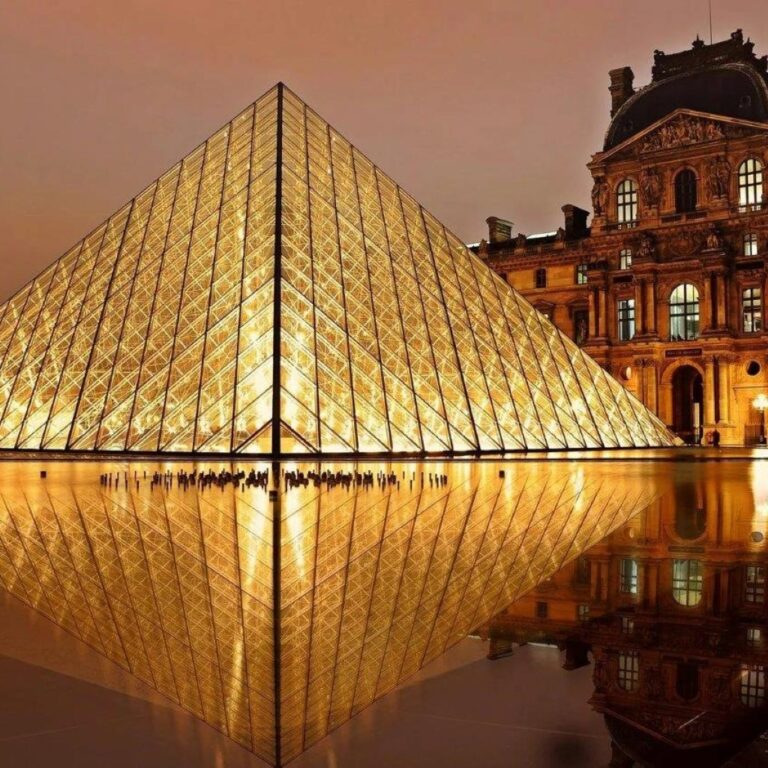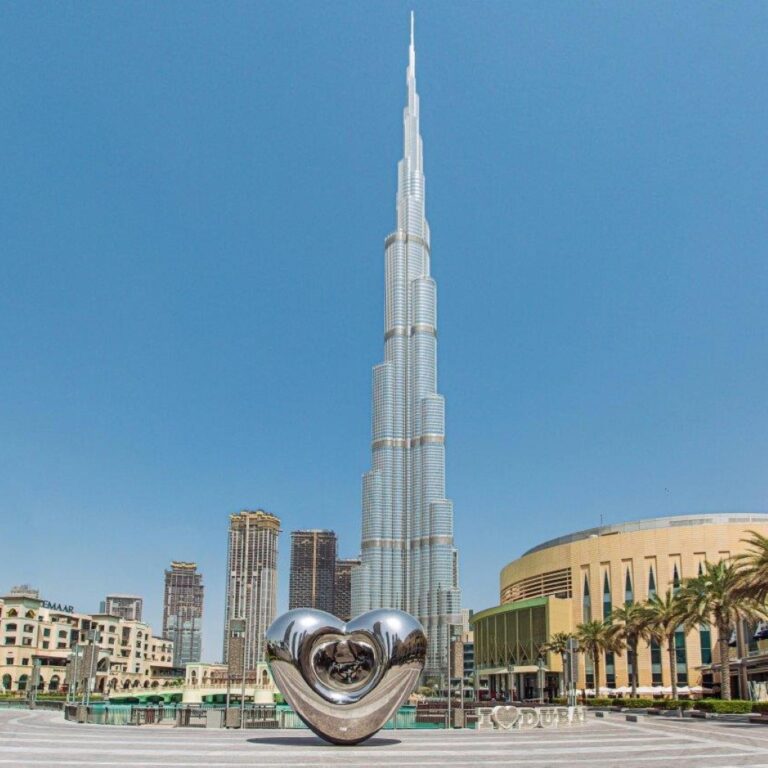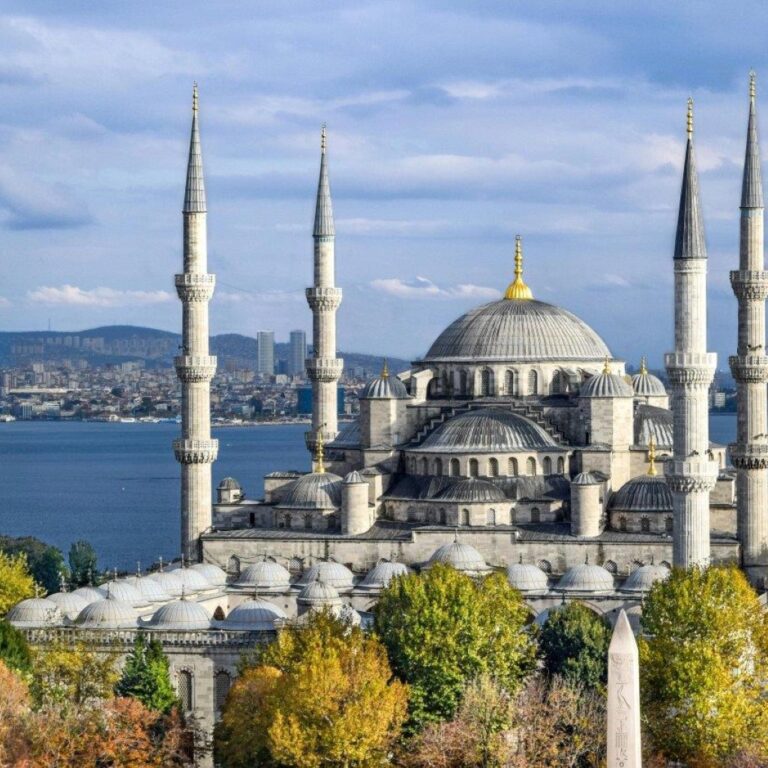The Louvre was originally built as a fortress in 1190 by King Philip II to protect Paris from potential invaders.
It was transformed into a royal palace in the 16th century by King Francis I, who also began the museum's art collection by acquiring several notable works, including the Mona Lisa.
The Louvre was opened as a public museum in 1793 during the French Revolution, with an initial collection of 537 paintings.
The museum's glass pyramid entrance, designed by architect I. M. Pei, was inaugurated in 1989 and serves as a modern contrast to the historic architecture of the Louvre.
The Louvre's collection spans over 9,000 years of history and includes approximately 38,000 objects, from ancient artifacts to modern art.
The museum is home to some of the most famous artworks in the world, including the Mona Lisa, the Venus de Milo, and the Winged Victory of Samothrace.
The Louvre covers an area of 782,910 square feet (72,735 square meters), making it the largest art museum in the world.
It is estimated that it would take a visitor about 100 days to see every piece of art in the Louvre if they spent 30 seconds looking at each one.
The Louvre receives nearly 10 million visitors annually, making it the most visited museum in the world.
The museum is divided into eight departments: Near Eastern Antiquities, Egyptian Antiquities, Greek, Etruscan and Roman Antiquities, Islamic Art, Sculptures, Decorative Arts, Paintings, and Prints and Drawings.
The Louvre has been featured in numerous films, books, and artworks, further cementing its status as a cultural icon.
The museum's underground shopping mall, Carrousel du Louvre, includes shops, restaurants, and an inverted glass pyramid.
The Louvre's extensive collection of Egyptian antiquities includes the Great Sphinx of Tanis, a large granite statue dating back to the Old Kingdom.
Napoleon Bonaparte expanded the museum's collection significantly during his reign, acquiring numerous pieces from his military campaigns.
The Louvre has undergone several expansions and renovations throughout its history, with the most recent being the opening of the Louvre Abu Dhabi in 2017, a collaboration between France and the United Arab Emirates.


